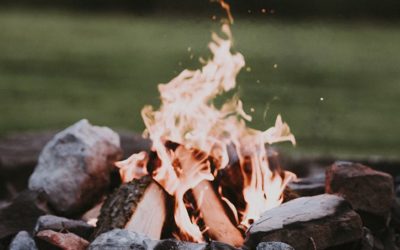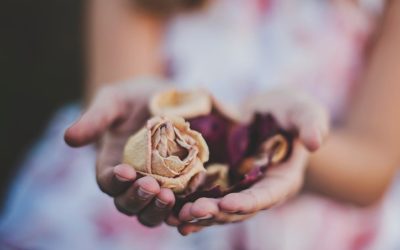For as universal as grief is, it’s something that is still little understood. We will all grieve and mourn a loss at some point in our life. That is, unfortunately, certain. But what’s uncertain is how we will grieve. It’s uncertain how we will mourn. And it’s uncertain how we will cope as we make our own journey through our grief and try to find a path toward healing.
Despite the uncertainty, there have been attempts to identify and define certain aspects of grief. In this ongoing series, we will explore the different theories that try to define grief. In this segment, we’ll cover the Identities of Grievers. To see the other theories we’ve covered so far, click on the links below.
- Kübler-Ross Model of grief
- Worden’s Four Tasks of Mourning
- Rando’s Six R Process of Mourning
- Parkes and Bowlby’s Four Phases of Grief
- Continuing Bonds
It’s important to remember that these theories are just that — theories. In reality, grief isn’t as simple as a list of steps or stages, and everyone grieves in their own unique way.
Dr. Susan Berger’s Five Ways We Grieve
Dr. Susan Berger first presented her model of grief in her book, The Five Ways We Grieve. Unlike other models we’ve discussed so far, Dr. Berger’s model doesn’t focus on stages or phases of grief. Those older theories of grief — like the Kübler-Ross Model and Worden’s Four Tasks of Mourning — tend to focus on how the bereaved cope with a loss.
Dr. Berger’s model differs in that she is looking at the lifelong impact of a loss and how it shapes our identities and worldview. Her belief is that a loss ultimately affects us forever. And that after a loss we are tasked with the complex process of rediscovering our own identities and creating meaning from the loss.
During her research, Dr. Berger lists five common patterns of people who begin their journey from their old identity to a new one. She describes them as the five ways we grieve. Below is a brief overview of each identity type.
Nomads
Berger describes nomads as having a wide range of complex emotions, such as denial, anger, anxiety, and confusion. They also have trouble understanding how the loss has affected their lives.
Berger’s model states that “The anxiety and sadness of losing a loved one is expected, and a normal part of the human experience… [But nomads] have not had the support necessary to acknowledge their grief and go through the complex yet necessary steps of the grieving process… The Nomad’s challenge is to find an identity that will help them heal from their loss and align with a particular perspective and purpose that suits them.”
In the early stages of grief, many of us can be described as nomads. But as we work through our grief, we move on to the other identity paths.
Memorialists
Memorialists are those who are committed to preserving the memory of their loved one. They often do so by creating new rituals, traditions, or memorials. For example, a memorialist might honor their loved one by creating art, writing poems or songs, tending to a garden, or creating some other meaningful tribute.
These tributes allow us to maintain a connection with our loved one as we continue on with our own journey toward healing.
Normalizers
Normalizers go on to place a greater value in their friends, family, and community as they move forward in their grief. Doing so helps normalizers create a new sense of purpose.
Berger gave the following examples of people who follow the normalizer identity:
- A boy who lost his father at age 14 that went on to create a life for his children that he felt he had missed.
- A family that reconciled their differences after losing their son in 9/11.
- A woman who lost a mother, father, and sister, who then went on to have a family that helped her recapture the sense of security she felt she never had as a child.
Activists
Activist are those that go on to help others after the loss of their loved one. By helping others and improving the quality of life in their community, they find a new sense of purpose.
This is especially common among those who lose a loved one to a certain disease such as cancer, or to tragic circumstances such as a drug overdose. Many will become advocates, educators, or organizers for fundraisers or volunteer programs.
Seekers
Seekers tend to look outward toward spiritual, philosophical, or religious beliefs to help them create meaning after a loss. They find comfort in these groups or faiths and in forging new connections with other members.
What are your thoughts on the Identities of Grievers model? Share with us in the comments below! In our next segment, we’ll explore the Dual Process model of grief.





0 Comments